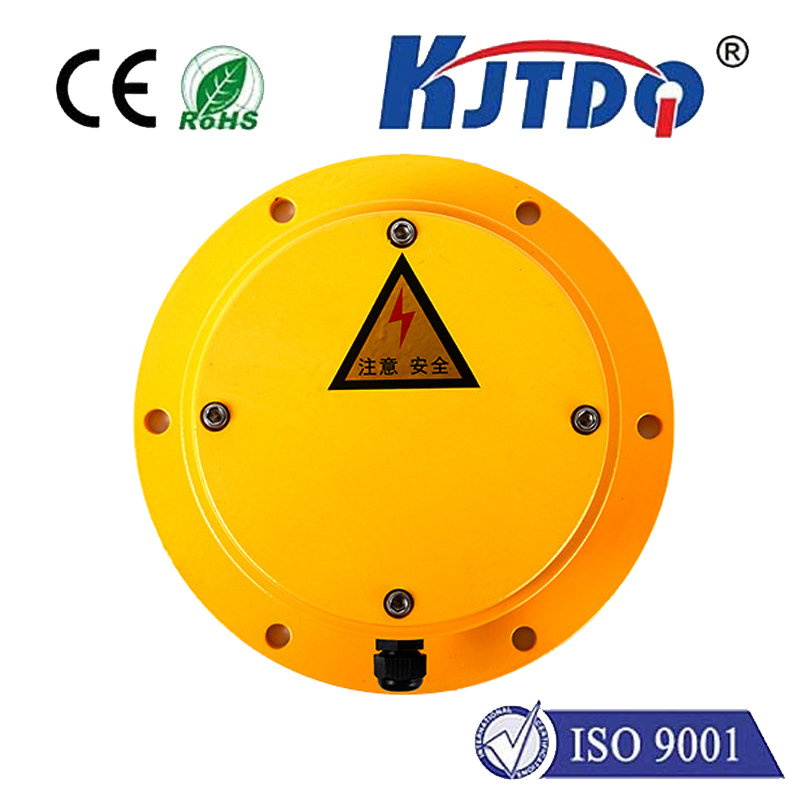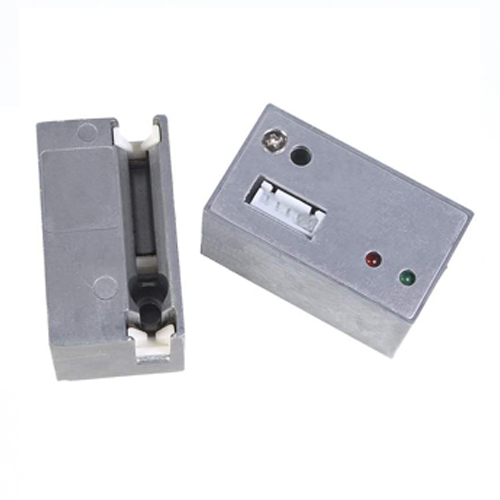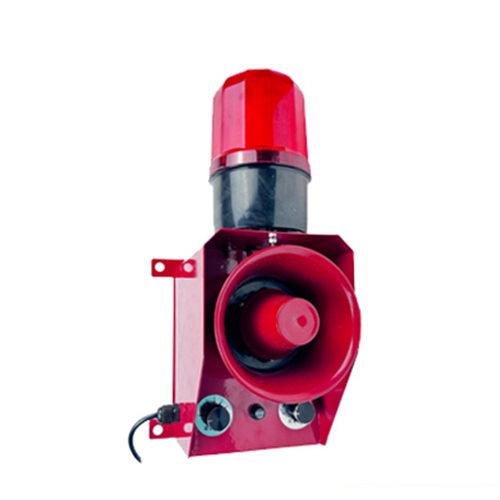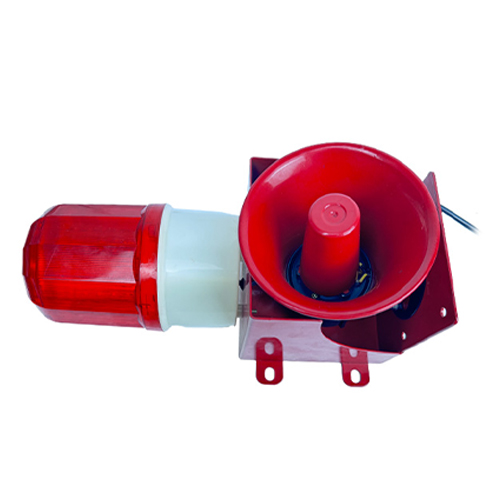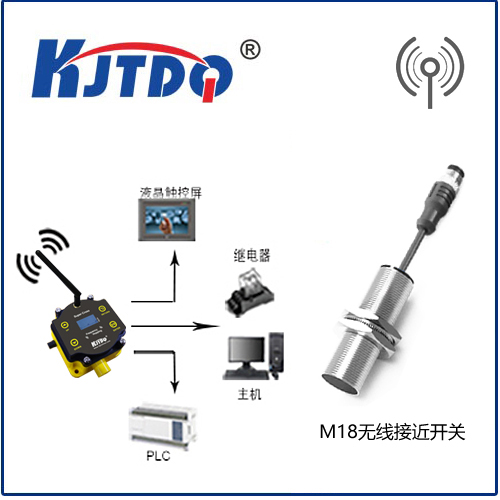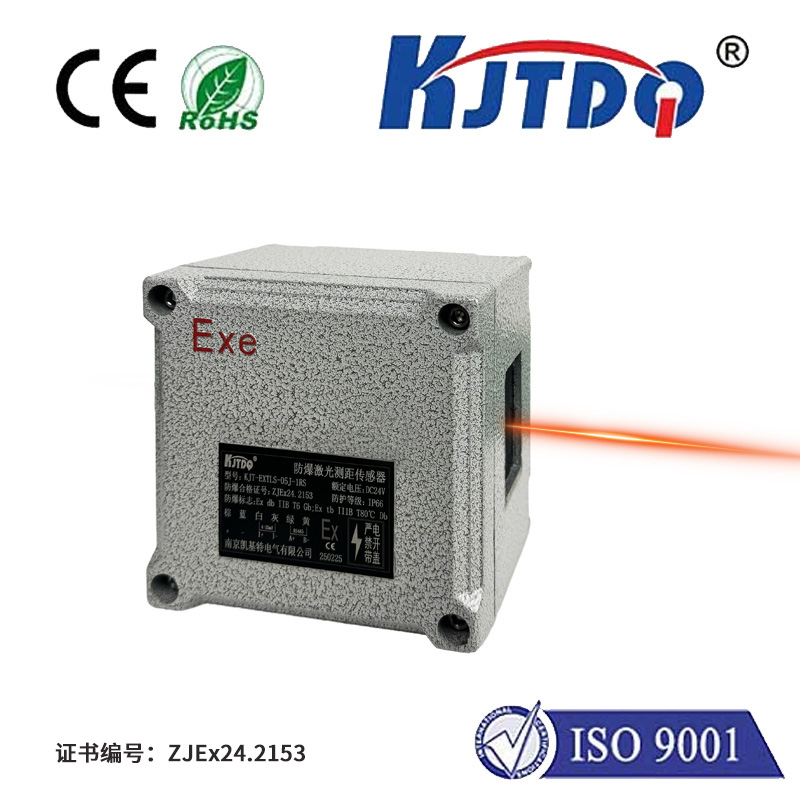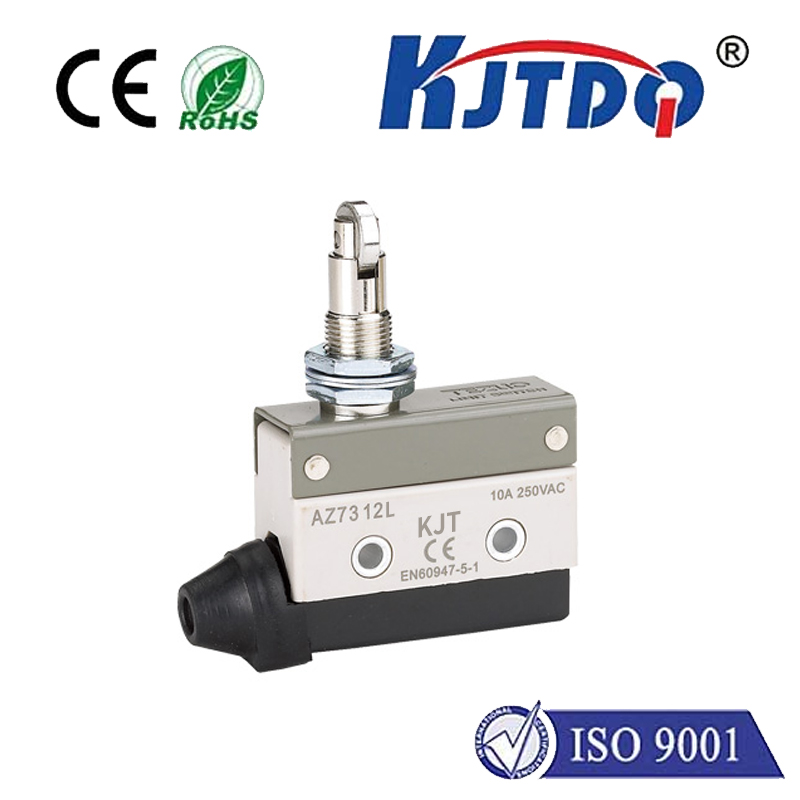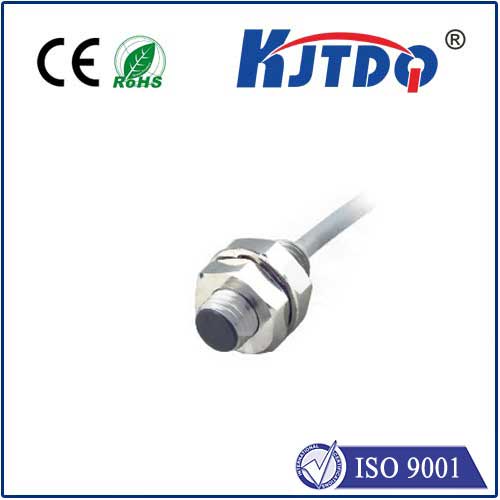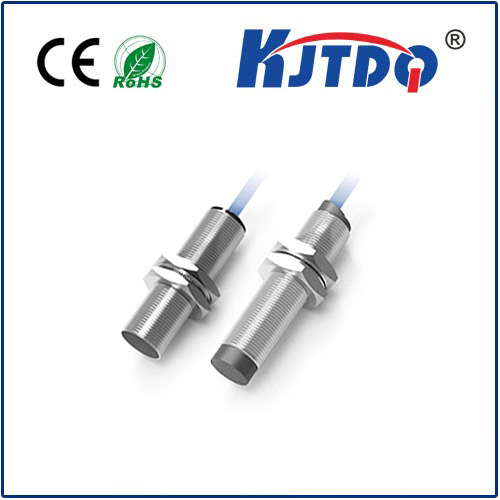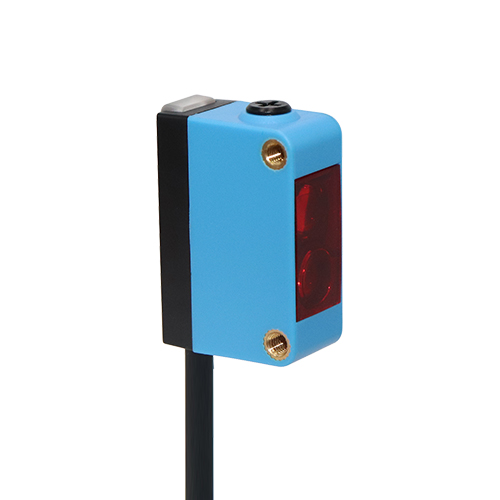capacitance distance sensor
- time:2025-06-16 16:18:58
- Click:0
Capacitance Distance Sensors: Measuring the World Without Touch
Imagine controlling devices, detecting objects, or measuring tiny distances without any physical contact. This isn’t science fiction; it’s the everyday reality powered by capacitance distance sensors. These ingenious devices harness the fundamental principles of electrostatics to provide reliable, non-contact sensing solutions across a staggering range of industries, from your smartphone screen to sophisticated industrial automation lines. But how exactly do they turn an invisible electric field into a precise distance measurement?
Decoding the Core Principle: It’s All About Capacitance
At its heart, a capacitance distance sensor functions based on the concept of capacitance – the ability of a system to store electrical charge. Think of it like an invisible container for electricity formed between two conductive plates separated by an insulator (dielectric). The fundamental equation C = εA/d reveals the key:
- C is the capacitance.
- ε (epsilon) is the permittivity (dielectric constant) of the material between the plates.
- A is the overlapping area of the plates.
- d is the distance between the plates.
A capacitance distance sensor essentially acts as one plate of this capacitor. The target object (which must be conductive or have a significantly different permittivity than air) acts as the other plate. The surrounding environment (typically air) is the dielectric.
Here’s the crucial part: Distance d is inversely proportional to capacitance C. When the target object moves closer to the sensor electrode:
- The distance
d decreases.
- The capacitance
C between the sensor electrode and the target increases.
- The sensor electronics detect this minute change in capacitance.
- Sophisticated circuitry converts this capacitance change into a measurable signal (usually voltage, frequency, or digital output) proportional to the distance.
The Magic of Fringing Fields: Sensing Beyond the Surface

While the basic parallel plate model explains the concept, most practical capacitance sensors rely heavily on fringing fields. These are the electric field lines that extend outwards from the edges of the sensor electrode, projecting the sensing zone into the space around it. It’s these fringing fields that interact with the target object. The strength and extent of these fields determine the sensor’s effective range and sensitivity. Designing the electrode shape and size is critical for optimizing performance for specific applications – maximizing field penetration where needed.
Why Choose Capacitance Distance Sensing? Key Advantages
Capacitance sensors offer distinct benefits that make them indispensable in many scenarios:
- True Non-Contact Measurement: Absolutely no mechanical load or wear on the sensor or target, enabling long lifespan and precise measurement of delicate objects.
- High Resolution and Sensitivity: Capable of detecting sub-micron distance changes, ideal for ultra-precise positioning and thickness gauging.
- Material Versatility: Primarily detect conductive targets (metals, water-based objects), but also detect non-conductors with significantly different permittivity than air (plastics, wood, liquids, glass, certain powders) by influencing the dielectric properties.
- Robustness: No moving parts, making them inherently durable and resistant to shock, vibration, and harsh environments (often available in IP67/IP68 ratings) when properly housed.
- Fast Response Time: Reacts extremely quickly to distance changes, suitable for high-speed processes like assembly line verification.
- Cost-Effectiveness (for many applications): Relatively simple construction principles can lead to affordable solutions, especially in high volumes.
Where Capacitance Sensors Shine: Diverse Applications
The unique capabilities of capacitance distance sensors drive their use in countless fields:
- Consumer Electronics: The foundation of capacitive touchscreens (smartphones, tablets, kiosks) and gesture recognition interfaces. Proximity sensing (e.g., phone turning off screen near ear).
- Industrial Automation & Manufacturing:
- Precision Positioning: Gap or runout measurement in machinery, spindle positioning.
- Thickness Measurement: Plastic films, glass sheets, paper, coatings (single or dual sensor setups).
- Level Sensing: Liquids (conductive and non-conductive), powders, granulates in tanks (point level or continuous).
- Vibration Analysis: Non-contact monitoring of shaft or component vibration.
- Part Detection & Counting: Presence/absence of metallic or non-metallic parts on conveyors.
- Assembly Verification: Confirming component presence or correct insertion depth.
- Automotive: Occupant detection for airbag control, seat position sensing, touch-sensitive controls, fluid level monitoring.
- Robotics: Short-range object detection, collision avoidance, precise end-effector positioning.
- Medical Devices: Fluid level monitoring in IV bags, non-invasive diagnostics, sensitive touch controls.
- Aerospace: Monitoring clearances, structural deflection, and fluid systems.
- Building Automation: Touchless light switches, faucets, flush valves.
Important Considerations and Limitations
While powerful, capacitance sensors aren’t a universal solution. Understanding their limitations is key:
- Target Dependency: Performance varies significantly based on the target material’s conductivity and permittivity. Requires calibration for specific targets. Non-conductive targets generally require closer proximity for reliable detection.
- Environmental Sensitivity: Humidity, temperature, and contaminants (like oil or dust adhering to the sensor face) can affect the dielectric constant and thus the measurement accuracy. Good sensor design and environmental protection mitigate this.
- Limited Range (Generally): Effective range is typically shorter than some other technologies (like ultrasonic or certain optical sensors), often ranging from millimeters to a few centimeters for non-conductive targets and up to several centimeters for large conductive objects. Larger sensors increase range.
- Field Effects: Nearby conductive objects or objects moving in the background can interfere (noise). Shielding techniques and guard-ring electrodes are often employed to focus the sensing field and minimize interference.
- Material Build-up: Accumulation of material on the sensor face directly alters the capacitance baseline, causing drift. Requires solutions like anti-fouling coatings or self-cleaning mechanisms in dirty environments.
Selecting the Right Capacitance Distance Sensor
Choosing the ideal sensor involves evaluating several parameters:
- Required Measurement Range: How far away is the target?
- Target Material: Is it conductive metal, plastic, glass, or a liquid? Size and shape matter too.
- Operating Environment: Temperature extremes? Humidity? Presence of dust, water, oil, or chemicals? Explosive atmospheres (requiring intrinsically safe design)?
- Accuracy and Resolution: How precise does the measurement need to be?
- Output Signal: Analog voltage/current? Digital (IO-Link, RS-485)? Frequency output?
- Form Factor & Mounting: Size constraints? Threaded barrel, flat-pack, miniature?
- Application Dynamics: Static measurement or high-speed motion? Vibration present?
The Future is Sensing
Capacitance distance sensors represent a powerful and versatile approach to non-contact distance, proximity, and position measurement. Their ability to function without physical contact, combined with high sensitivity and robustness, ensures their continued dominance in applications demanding precision measured in microns or reliable detection in challenging industrial settings. From the intuitive touch of your phone to ensuring precise tolerances in a jet engine, capacitive sensing technology quietly shapes our interaction with the physical world, one electric field at a time. As electronics continue to miniaturize and processing power increases, we can expect even smaller, smarter, and more integrated capacitance sensing solutions driving innovation across countless sectors.






